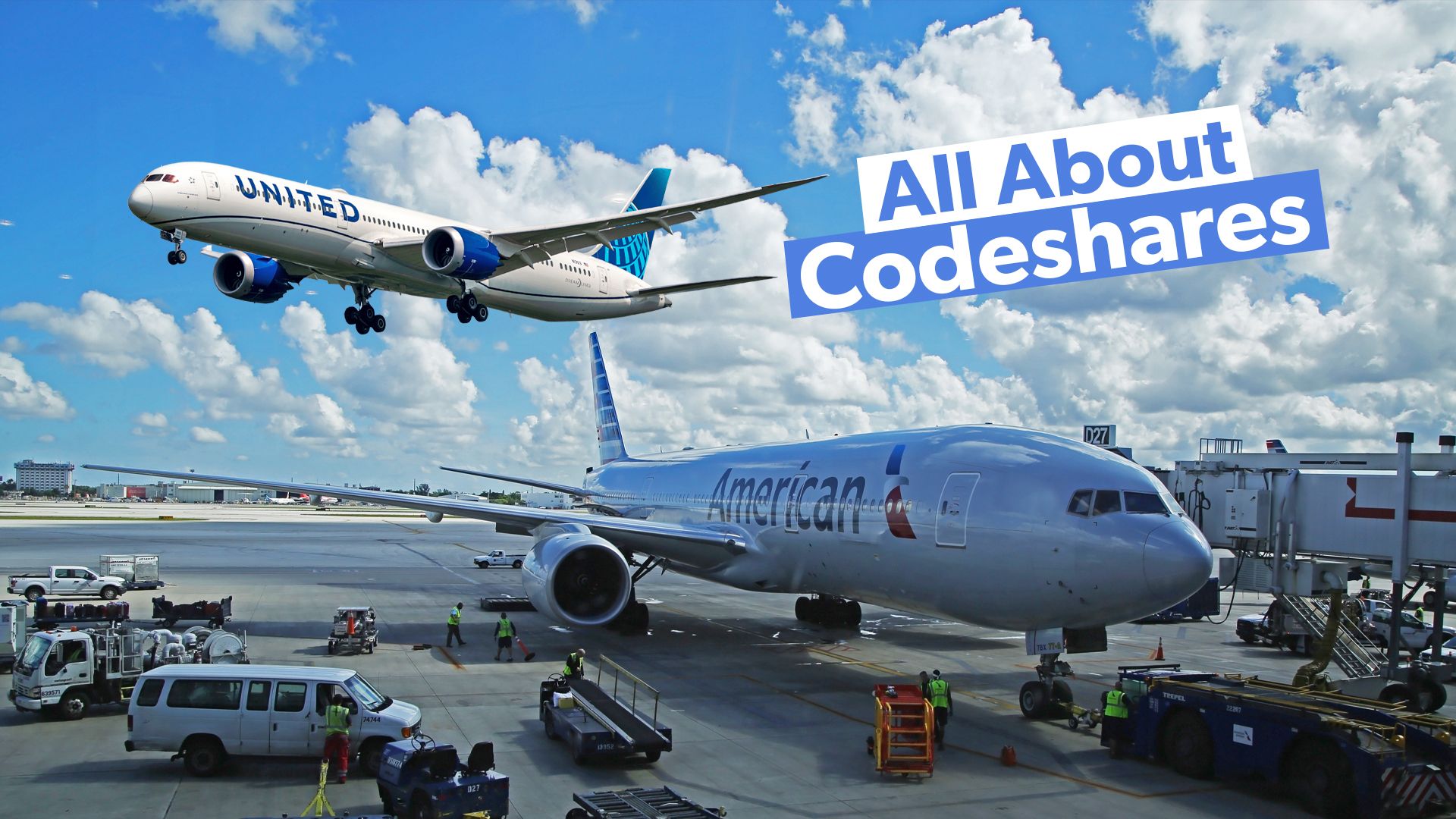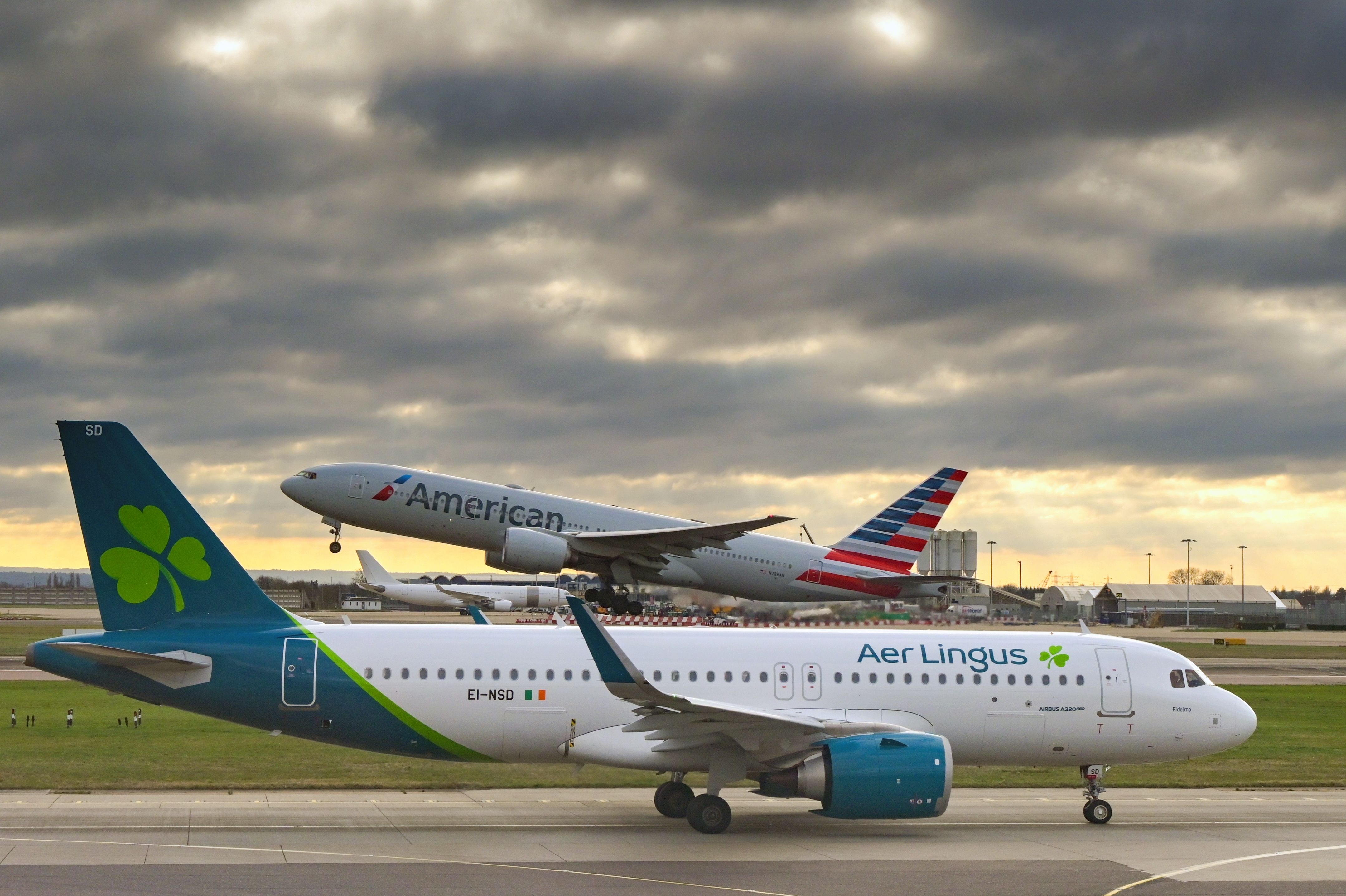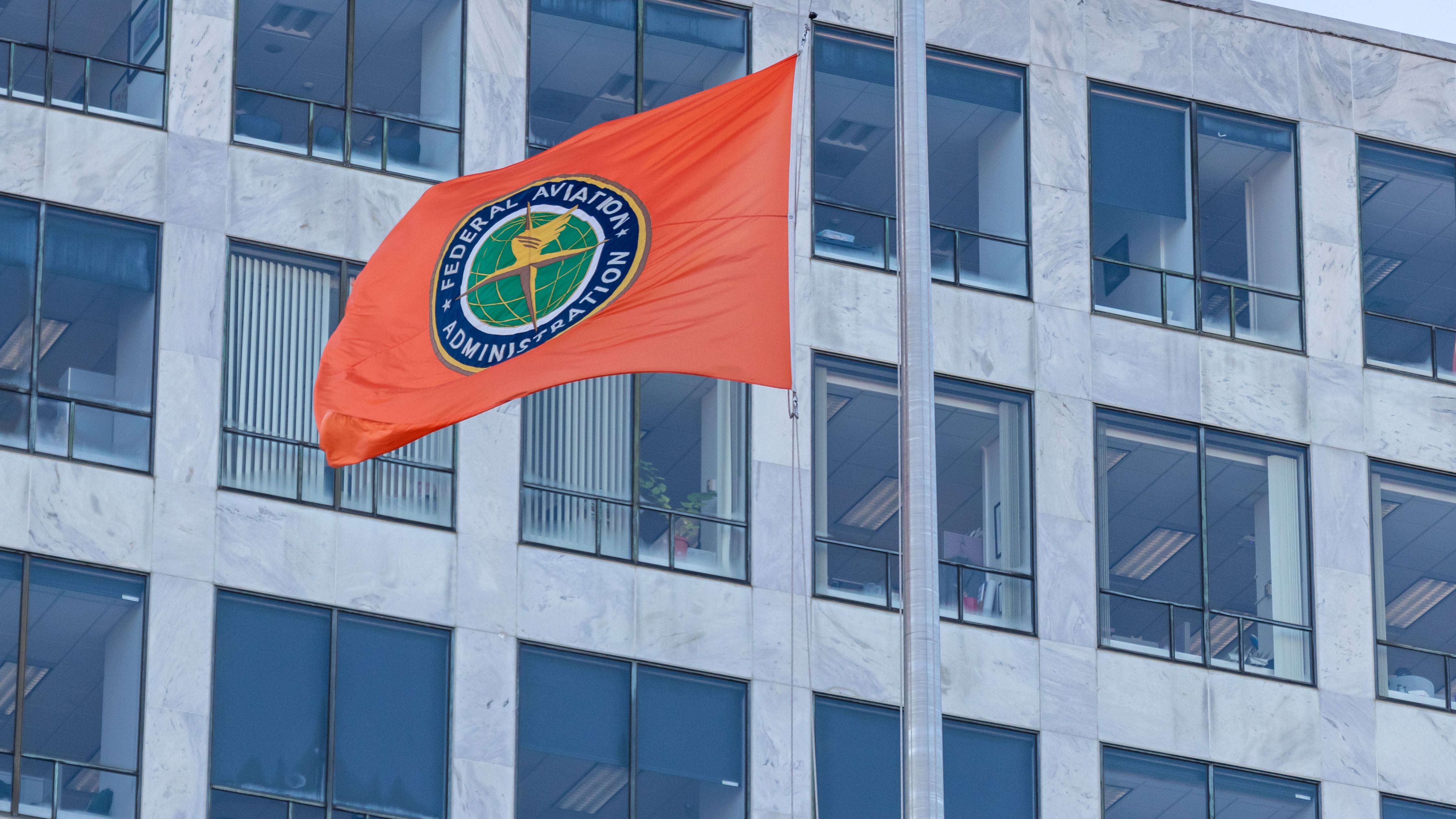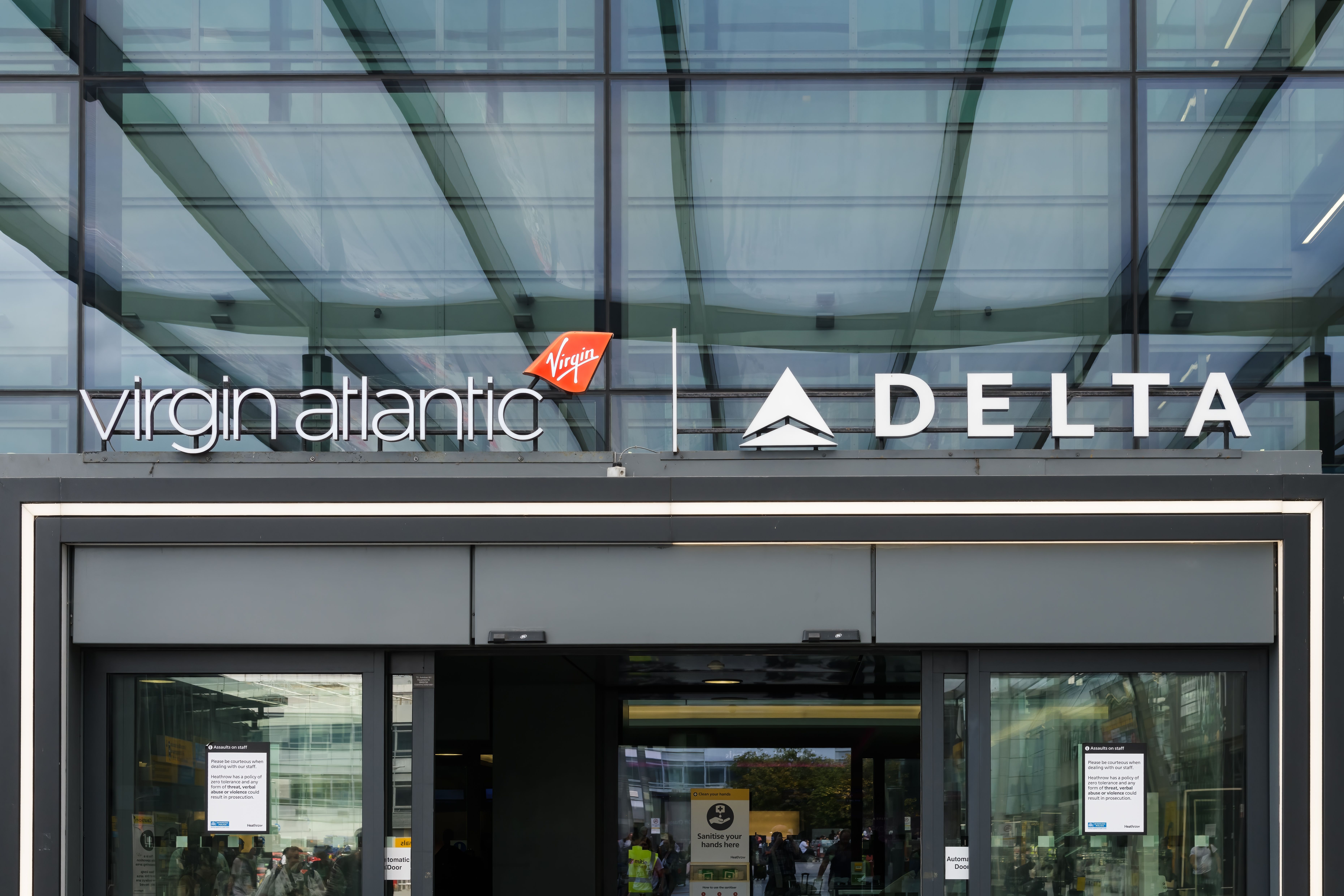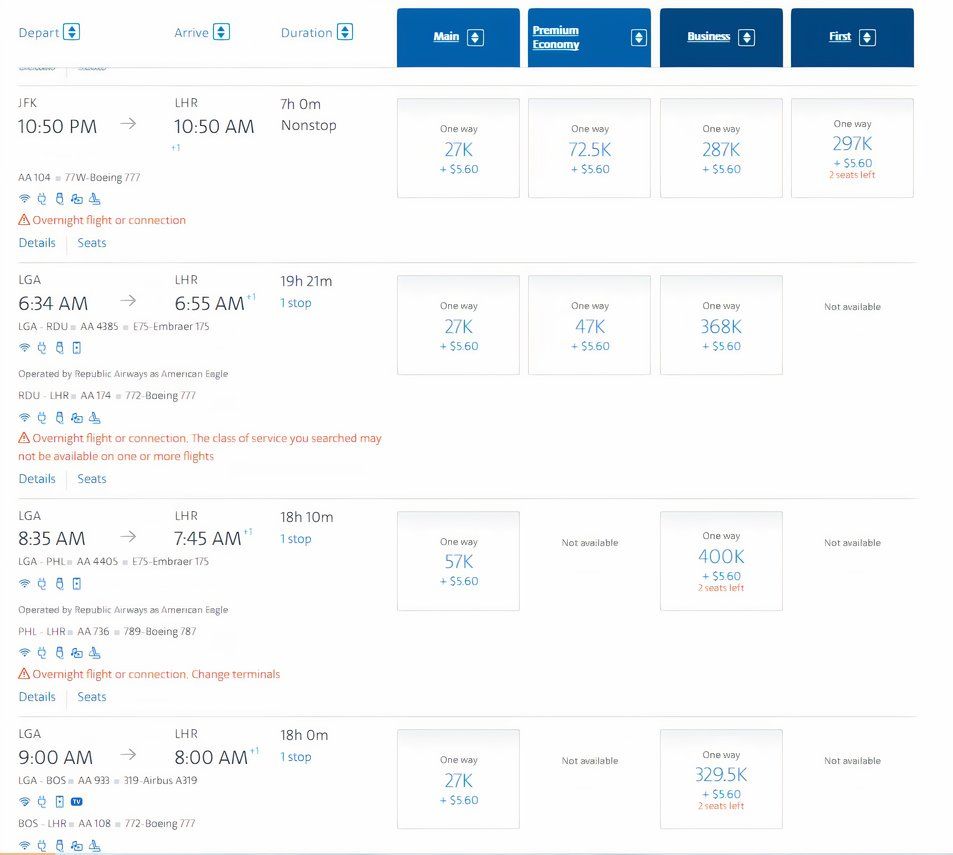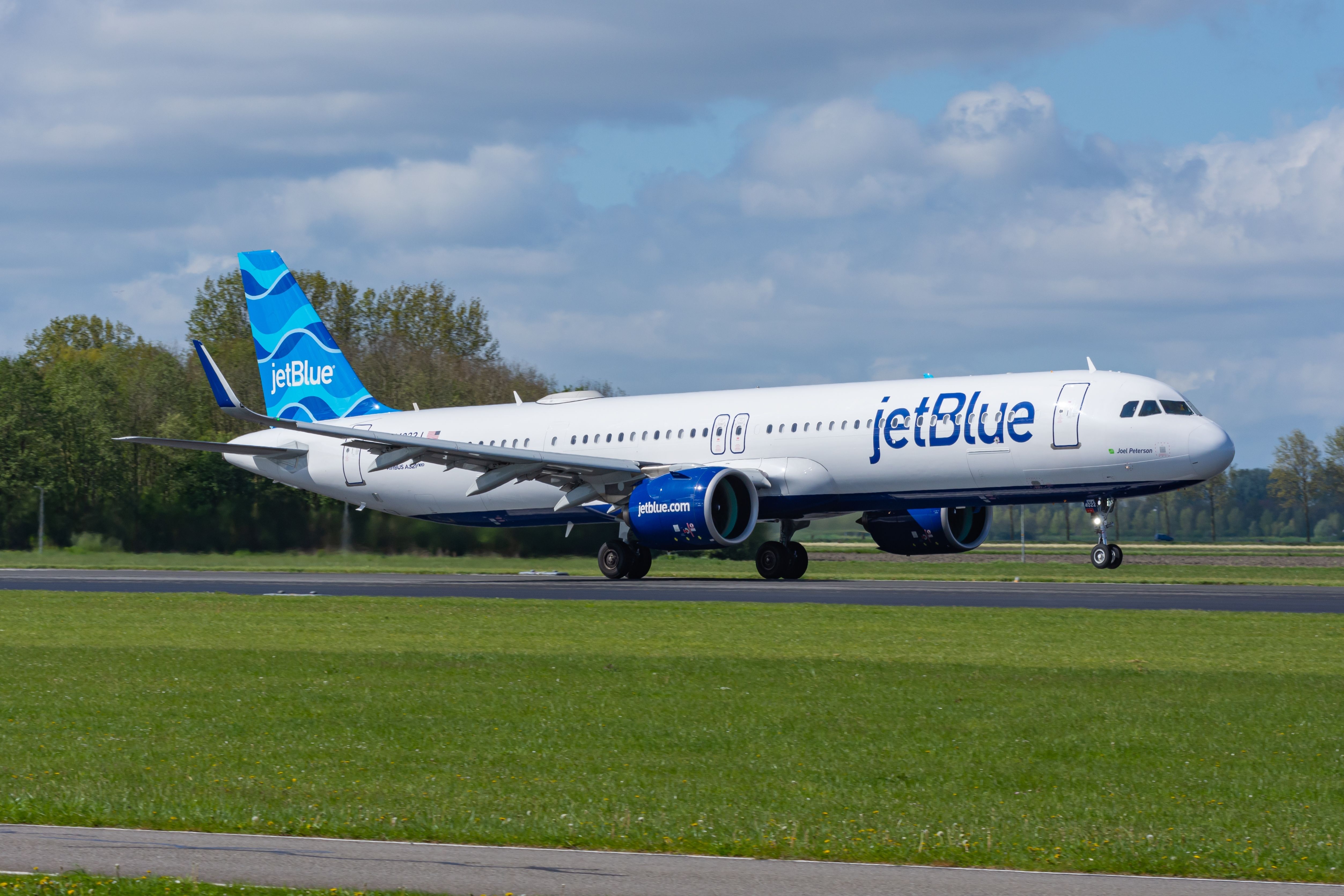Airline partnerships
are not only beneficial to the airlines themselves but also to passengers. With competition
as a driving force within the industry, some carriers agree to join forces – not by merging – but by allowing passengers to book their flights through their partners’ websites. Many of these famed partnerships are between airlines that are part of the same airline alliance: oneworld, Star Alliance, or SkyTeam. The collaboration allows passengers
to fly further than ever before, as carriers can significantly widen their route networks.
Some passengers may not even be aware that the flight they are booking might be operated by a different airline. However, airlines are required to indicate whether the flight is a codeshare flight
or not. Airline partnerships are not limited to one country or region. Over the years, they have primarily included legacy carriers, but some low-cost airlines are starting to join in on the fun.
Here are five things to know about codeshares within US airlines:
1
Travel to more destinations
Two different airlines, but one purchase
The big three carriers, ![]() American Airlines
American Airlines
, ![]() Delta Air Lines
Delta Air Lines
, and ![]() United Airlines
United Airlines
, all have expansive worldwide route networks. While this is beneficial to addressing demand within the industry and creating competition, there are some foreign markets that they still do not serve. However, with the help of codeshare partnerships, people traveling from the US can easily book flights to more destinations:
-
The
Department of Transportation (DOT)highlights that codesharing is a marketing arrangement in which an airline places its designation code on a flight operated by another airline
- Tickets for the flight operated by a different carrier can be sold by the original airline
- The partnership is two-sided
Photo: Ceri Breeze | Shutterstock
American and British Airways, part of oneworld, have been partners for decades. Their codesharing allows British Airways passengers to fly or connect to American’s US network, which is more in-depth. The same is provided for American’s passengers flying to Europe or connecting to one of British Airways’ other foreign destinations.
2
Authorization & safety audits
Airlines are subject to approval
Since codesharing expands an airline’s market presence and competitive ability, forming a partnership of some sort is undoubtedly favored. However, airlines cannot just decide to join forces if they want to. Instead, they will have to go through a federal process to obtain approval.
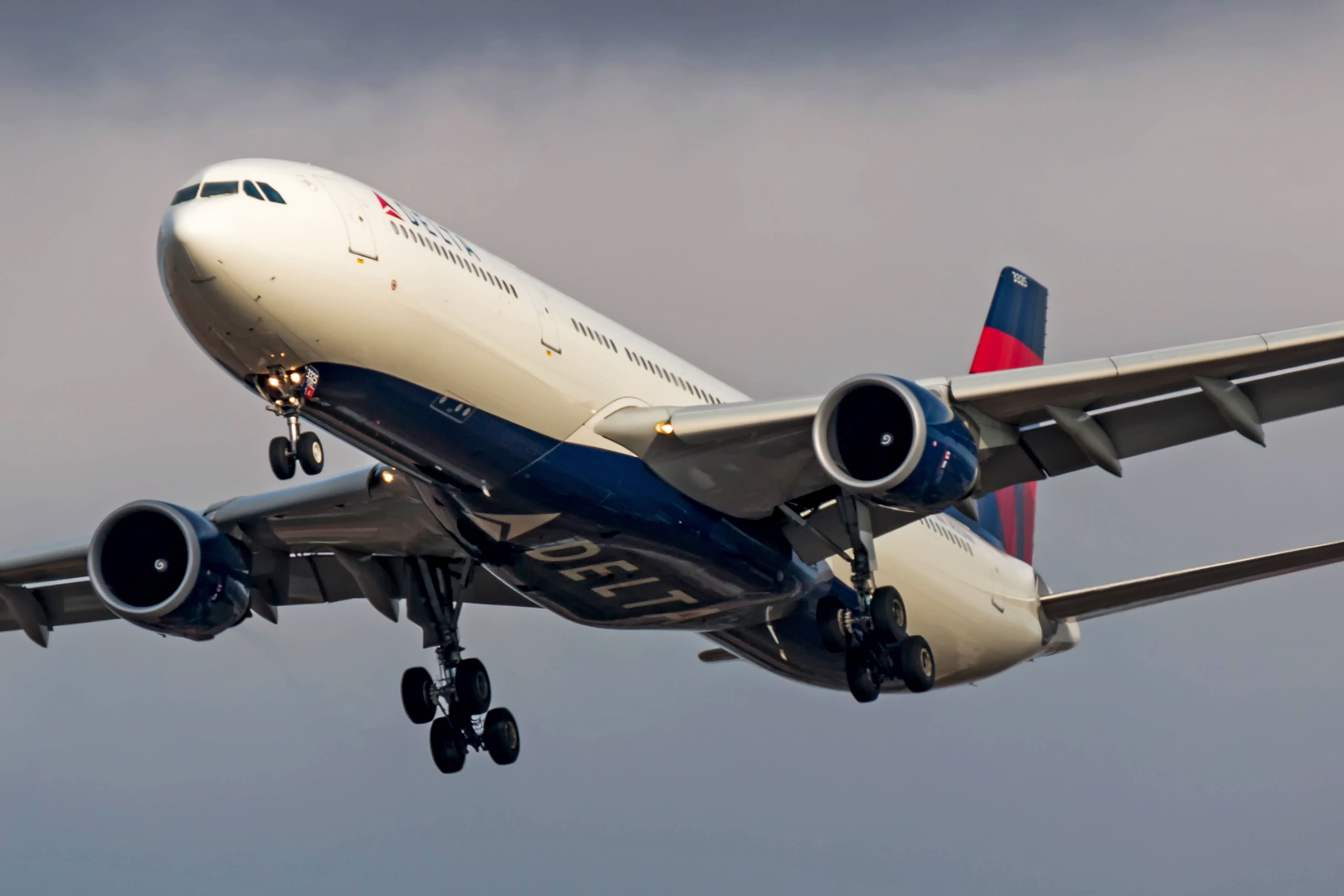
You Might Also Like
Delta Air Lines Unveils New Nonstop Airbus A330-300 Service Between Minneapolis–St. Paul & Copenhagen
Served thrice weekly, it will complement the new alliance partnership between SAS and Delta.
According to the DOT, US and foreign air carriers that wish to operate code-shared services are subject to the following:
- Authorization from the Department in the form of a Statement of Authorization under Part 212 of the DOT’s economic regulations
- The US carrier must conduct a safety audit of its foreign carrier codeshare partner
- Operations have to meet acceptable international standards
-
The audit is reviewed by the
Federal Aviation Administration (FAA)
Photo: The Bold Bureau | Shutterstock
The DOT regulates that codeshare partnerships will not harm or compromise the industry. As such, the Department only approves applications from airlines if it deems that it is in the interest of the public.
3
Seamless integration
Technology could cause challenges
In order for airlines to ensure that their respective flights are listed on each website, reservation systems must be integrated. In fact, according to OAG, the integration of systems is crucial for a seamless booking and traveler process:
- Airlines clearly state their partner’s designation code with the corresponding flight details on their booking site
- Sometimes, flights may have two different flight numbers – the flight number of the partner airline and the flight number of the actual flight that will operate
- Passengers can select the flight and purchase it regardless of whether the flight will be operated by the airline that is selling the flight
Photo: Ian Dewar Photography | Shutterstock
Since the combination of some reservation systems
can be complex, any discrepancies can result in booking complications, causing inconveniences for passengers. Important or secure and confidential information such as passenger information and operational details could also be at risk. This is why airlines may take some time to roll out new codeshare partnerships, as the goal is to make every passenger’s experience seamless.
4
Earn miles & elite status
Get rewarded for flying on another carrier
In most cases, passengers with frequent flier status on their preferred airline can still earn miles if they fly on a partner carrier. However, there are some stipulations. Each airline has different ways of granting miles and elite status credits:
- Forbes notes that miles can be earned based on which airline markets the flight
- Other airlines, such as United, allow passengers to earn miles and elite status on flights operated by the carrier
- An earnings chart is used to determine how many miles would be earned if a passenger was flying with a partner airline
Image: American Airlines
American and Air Tahiti Nui have an existing codeshare partnership. Travelers who purchase tickets through American will earn AAdvantage
miles on an Air Tahiti Nui-operated flight. But, if the same flight was purchased through Air Tahiti Nui, they are ineligible to earn miles. Instead, mileage credit can be earned based on the percentage of the distance flown, according to Forbes.
5
The future with low-cost airlines
Attracting even more passengers
According to OAG, codeshares started to begin in the 1980s. As they have been successful, some low-cost airlines have also explored establishing partnerships, meaning codesharing will not disappear anytime soon.
-
JetBlue Airways
is considered to be a formidable codeshare partner for several international airlines that fly to the US
- Its expansion of transatlantic flights to a handful of European destinations has only improved its existing partnerships
Photo: Minh K Tran | Shutterstock
Some of JetBlue’s international loyalty partners include Etihad Airways, Icelandair, Qatar Airways, and Singapore Airlines. Earlier this month,  Southwest Airlines
Southwest Airlines
, another low-cost carrier, announced a new partnership with Icelandair. The collaboration is not a codeshare agreement, but it could be a move to consider if it proves to be successful.
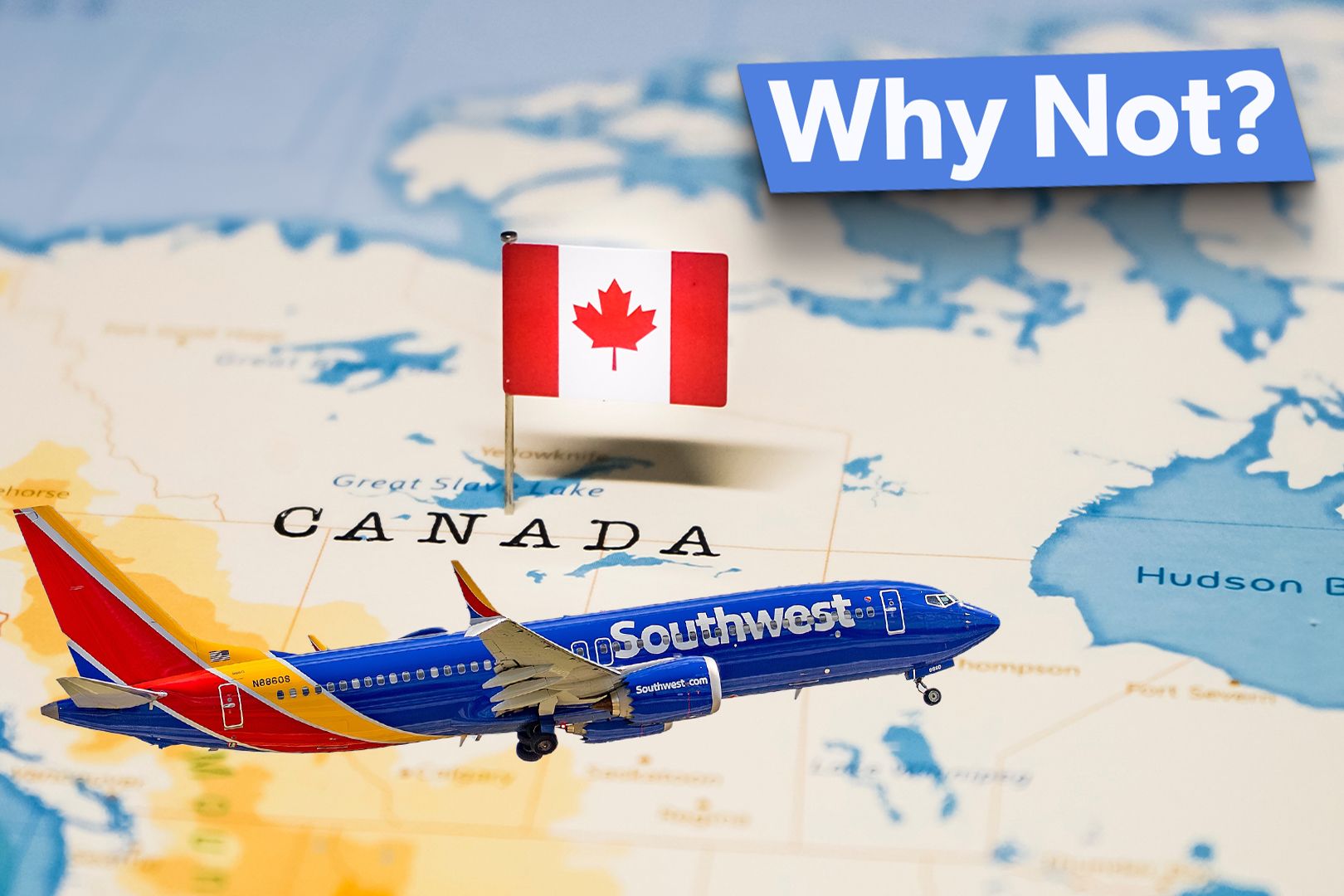
Read Next
Here’s Why Southwest Airlines Doesn’t Fly To Canada
Southwest is the only one of the largest US airlines to not to fly to Canada – apparently mostly because of the Canadian dollar.

